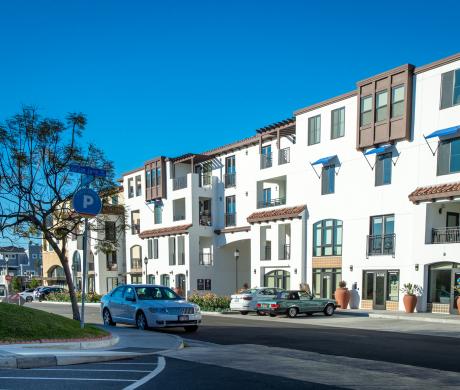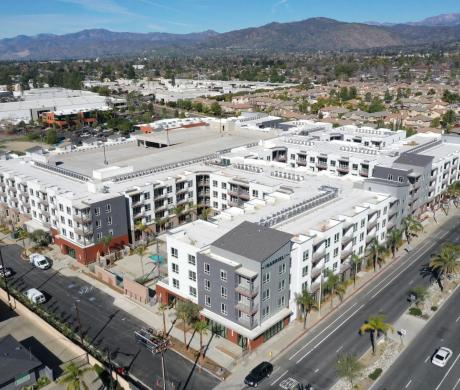The real scoop on cities’ efforts to spur housing production: They’re making real progress
While there is a critical shortage of housing in California, there is no shortage of media coverage and commentary on the topic. However, current coverage and commentary often fail to tell the whole story. What’s often missing is the focus of a recent op-ed I authored for CalMatters: Cities are making real progress to spur housing production in their communities.
Day in and day out, cities are approving new homes at all income levels. By the end of 2022, hundreds of local governments will have identified and planned for more than two million units of additional housing. And that is on top of the millions of homes that cities have already planned, zoned, and approved in recent years.
The supply and affordability of housing is one of the most critical issues facing Californians, and city leaders see the impact every day in their communities. That’s why cities are streamlining permitting systems, waiving fees to incentivize development, implementing plans that encourage transit-oriented development, adopting accessory dwelling unit ordinances, and increasing density, all in an effort to make the California Dream attainable for everyone.
This month’s issue of Western City magazine features examples of the progress cities are making and what’s needed to further those efforts.
The city of Merced is experiencing a construction boom that includes new single-family and multi-family housing thanks to years of strategic planning and policymaking to expedite construction and keep costs down. The city of Manteca has found new ways to generate affordable housing through policies like a developer-paid impact fee and an inclusionary housing program. These efforts and more are featured in “As housing challenges reach new heights, cities pave the way for millions of homes,” which highlights the innovative efforts of cities to increase housing supply in their communities.
In “Pomona’s housing toolbox: A holistic, long-term plan for housing construction,” you can learn about the series of holistic housing and land use policies the city adopted to boost production and ensure that housing is safe, affordable, and supports a higher quality of life. In designing these policies, the city studied its unique housing needs and demographics to ensure a community framework that guides policy development, prioritizes grant funding pursuits, focuses city resources, and ultimately shapes a data driven housing strategy.
These are just a few examples of cities and towns throughout the state that are successfully planning and zoning for more housing.
Cities are scrambling to implement the wave of more than 60 new housing laws that went into effect in the last few years and more have already been introduced for consideration this year. What’s missing from them? A guarantee that they will advance our shared goals to increase housing supply.
Cities know well their responsibility to ensure they’re planning for and approving homes that meet the diverse housing needs of our communities, while minimizing delays, costs, and barriers to housing. In “Planning for the future: New land use and housing resources for cities,” you can learn about new tools from the Institute for Local Government to help local officials navigate the planning process.
At the same time, what cities need from the state is an ongoing funding commitment to support housing production, subsidize affordable housing, and invest in supportive infrastructure. A decade ago, the state eliminated local redevelopment agencies and wiped out the only source of existing and ongoing funding available to cities to support affordable housing production.
Since then, the state has allocated only short-term funding to cities to support housing supply and affordability. While appreciated, we all know short-term funding won’t solve a decades-in-the-making crisis. With cities required to plan for eight years of housing, it’s reasonable to ask the state to commit to at least eight years of funding to support the implementation of those plans.
California will never produce the number of homes needed without a long-term investment that matches the scale of this long-term crisis. That’s why Cal Cities is a strong supporter of SB 1466 (Stern), a recently introduced measure that would establish a state partnership with cities and counties to provide an ongoing, sustainable, and accountable source of funding to address our housing crisis.
This bill is just one of a number of actions Cal Cities is taking this year to advance local priorities in the 2022 State Action Agenda.
Cities have been and will continue doing their part to lay the foundation for more housing, and Cal Cities will continue to raise the visibility of those efforts and work with the Legislature to find solutions that support, not hinder, those efforts.




